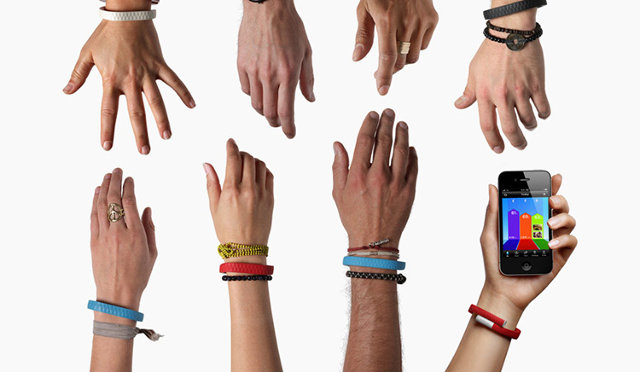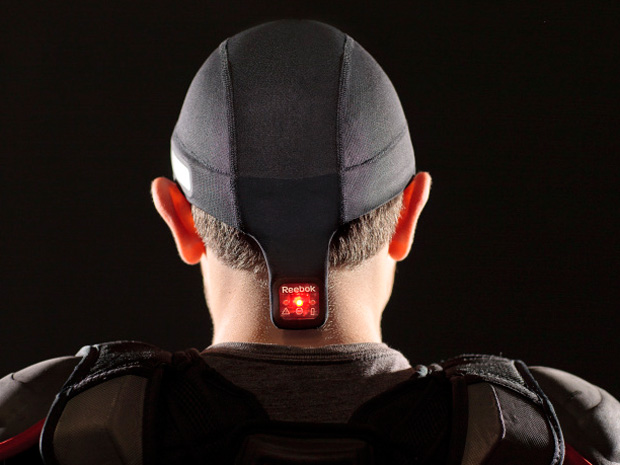Wearables moved from the buzz idea of 2013 into a tangle of clips, bands, badges, brooches, glasses, earpieces and headsets. It’s all too easy to be cynical about the products launched at this annual tech frenzy in the Mojave Desert, but here’s a skeptical case between the tech crowd’s boosterism and the casual scoffing. Let’s step back and try to separate the potential from the hyperbole. Read more





